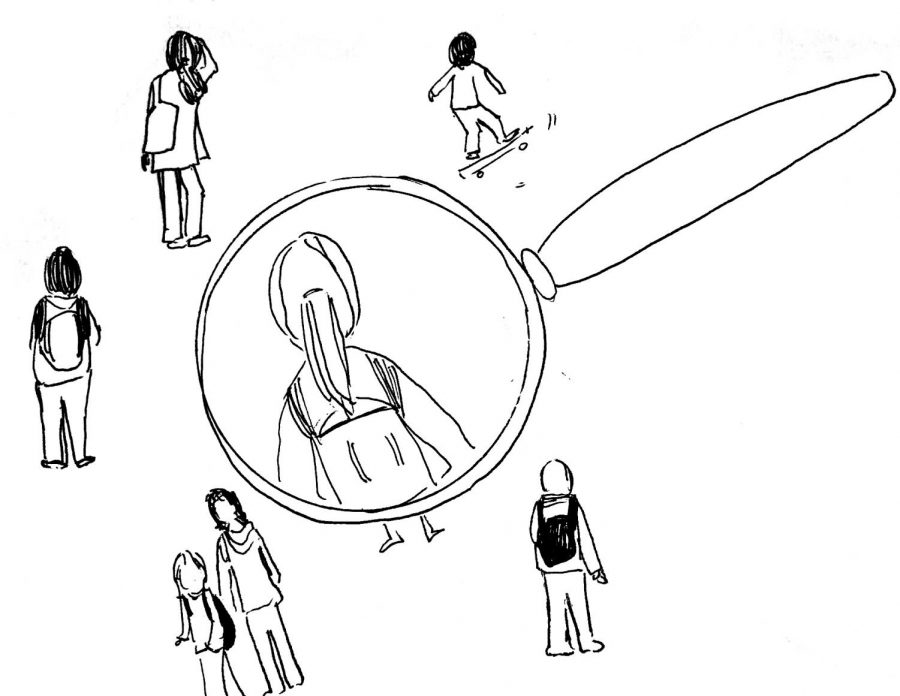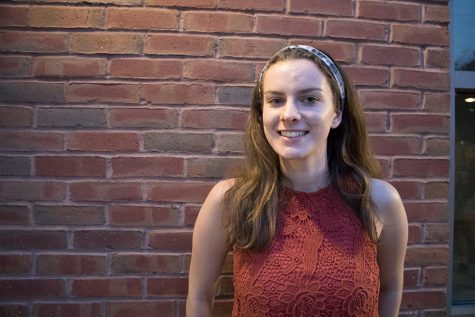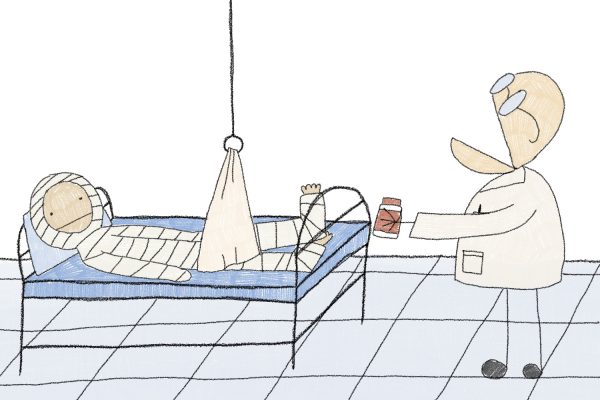How to engage SGA voters
April 4, 2018
If we were to write the staff editorial expected of this paper, we would say that only 20 percent of the student body voted in the SGA presidential election, and isn’t that a shame.
We would wag our fingers at our fellow undergrads, and point out that an SGA president elect received only 1,124 votes, so only 11 percent of the UVM students voted for him.
But when we did a straw poll of who voted in the Cynic office, we found less than half of our editorial board voted. We realized that it wasn’t that students are apathetic about getting civically engaged, it’s that the candidates platforms were similar to each other and what’s come before: status quo.
It’s not that students aren’t engaged in the community: look at the NoNames for Justice movement striving racial justice reform on campus, or the Student Climate Culture group calling upon the board of trustees to divest from fossil fuel.
Students care a great deal about the environment, gender and social equality issues. And it’s not that UVM isn’t a politically active campus — we are.
The campus Progressives and Democrats were both active in the recent Ward 8 and mayor elections. Junior JF Carter Neubieser ran for a city council position.
So why did so few students vote? The truth is, the SGA election was boring.
Both candidates ran similar campaigns. They said they’d improve health services on campus. They spoke about supporting students with marginalized identities, but didn’t lay out radical plans to redraw SGA.
There was no risk for students voting in the election. Both pairs of candidates seemed equipped to lead the student body and act as a student voice in conversations with administration.
And neither pair of candidates’ platforms had anything that came as a surprise.So, while the Cynic supports political activism and civic engagement, we can’t find it in our hearts to get fired up about how few students voted.
If SGA wants more students to get out and vote, candidates should be brave: outline bold plans and ambitious goals.
If candidates want more student engagement, they can’t be afraid to make waves.

















![Can’t buy me [self] love](https://vtcynic.com/wp-content/uploads/2024/04/self-care-FINAL-600x398.jpg)
